Our framework for bold performance.
For us, design is the craft of translating vision into cohesive sound and notation systems—aligning concept, technology, and performer experience so great ideas rehearse smoothly and land powerfully.
The Blueprint
Velvet Audio turns a director’s vision into a motif-driven score, refines it through a technology-rich production pipeline, and delivers performer-ready materials that lock together on the first downbeat.
The whiteboard
Launching the musical narrative.
Velvet Audio begins every project by transforming a director’s raw concept into a guiding theme that shapes the entire show. Through an agile sketch-and-refine process, we ensure that a signature melody and rhythm emerge early, giving the program instant identity without locking it into rigid details.
Collaboration as Launchpad
For our client projects, every Velvet Audio journey begins with people, not pages. Directors and educators typically arrive with a well-formed concept—musical storyline, emotional arc, and adjudication goals already in mind. We treat that concept as the north star of the entire creative process, using discovery calls and shared whiteboards to map effect moments, pacing, and performer strengths before a single note is drafted. This early collaboration gives our writers a real-world lens: each melodic idea and timbral choice is weighed against how it will land on the field, resonate with the judges’ sheets, and captivate an audience hearing the program for the first time. (When we compose repertoire for our online catalog, we follow a separate in-house workflow designed to inspire a broader range of ensembles without the need for this upfront consultation).
A Motif-Driven Philosophy
This requires us to distill two anchors: a core melodic motif and a complementary rhythmic cell. Like thematic DNA, these motives thread across movements—sometimes foregrounded, sometimes re-harmonized or re-metered—so listeners sense coherence without monotony. Re-contextualization is intentional: it keeps adjudicators engaged as familiar material appears in fresh guises, and it helps performers internalize the score because recurring gestures act as musical signposts during rehearsal and performance.
Confronting the "Blank Score"
Opening a brand-new Sibelius document can feel daunting, so we ritualize that moment. First comes “noodling”: rapid sketching of chord progressions and melodic fragments, sometimes into a reduced instrumentation. This sandbox lets us explore harmonic color without the orchestration logistics clouding creativity. Next we decide which ensemble section best seeds the full build—battery feature, front-ensemble texture, or wind statement—based on the concept’s narrative role. By the time we expand to full instrumentation, the piece already owns a clear emotional trajectory.
In the lab
The orchestration pipeline.
Velvet Audio leverages a tightly integrated toolkit to keep notation, sound design, and mock-ups in perfect sync. The result is a polished preview that sounds and feels like the live performance long before the first rehearsal begins.
Sibelius as Craftsmanship Engine
Avid’s Sibelius is our construction site, and its tools are non-negotiable. Custom house-style templates lock in fonts, instrument definitions, and page layouts so every new chart inherits the same professional DNA. The Write Score’s VDL soundset bridges notation data to Native Instruments’ Kontakt Player, where Tapspace’s Virtual Drumline renders hyper-detailed percussion playback. Native Instruments’ Studio Drummer and Session Guitarist libraries replace stock drum set and guitar sounds, giving mock-ups the punch of real players. These integrations bridge the gap between “looks right” and “sounds right,” turning Sibelius into both score editor and sonic proofreader.
MainStage as Real-Time Laboratory
While Sibelius drives notation, Apple’s MainStage powers electronics during both composition and performance. Using macOS IAC busses, we route MIDI directly from Sibelius into MainStage, auditioning custom synth patches in real time as we write. That same patch library later loads onto the ensemble’s laptops, ensuring the exact timbres heard in the mock-up are the ones triggered live on the 50-yard line. MainStage also hosts sample triggers for on-field sound effects, giving performers intuitive cue pads instead of cumbersome backing tracks.
DAW Integration & Mock-Up Craft
Every staff exports as a discrete audio stem and lands in Logic Pro. Here we sculpt the ensemble mix—EQ carving for wind clarity, multi-band compression on battery cymbals, subtle convolution reverb that mimics stadium acoustics. FL Studio and Ableton Live serve as satellite labs for bespoke FX design, though we increasingly outsource large-scale sound-design packages to specialist partners so our core team can double down on musical architecture. The finished mock-up is not merely a demo; it’s an aural blueprint that sets dynamic expectations for each rehearsal block.
For the performer
Aligning the ensemble & page.
Velvet Audio lays out scores and parts for effortless reading, building in visual cues that help ensembles snap together on day one. By writing directly to each group’s comfort zone, we can deliver music that feels ambitious yet comfortably within reach.
Score & Part Architecture
Velvet Audio scores adhere to strict readability standards: ledger-size pages for the conductor, letter-size for the players, generous staff spacing to prevent collisions when notation grows dense. Rehearsal marks are included that will later align with drill sets, shaving hours off staging meetings and rehearsals. Because every page looks familiar from project to project, directors can navigate intuitively, and students spend less time deciphering layouts and more time dialing in on the music.
Vertical Alignment & Ensemble Cohesion
Musical clarity hinges on rhythmic alignment. We treat the percussion as the glue—embedding subdivided figures that mirror wind rhythms so every attack and release stacks top to bottom. Proofreading includes cross-staff playback passes at reduced tempos and checking for any micro-offsets or misalignments. The payoff is an ensemble that “locks” on first read, boosting performer confidence and minimizing clean-up rehearsals.
Writing for the Performer
Every choice circles back to the people on the field. Instrument ranges respect high-school lung capacity and mallet-reach realities; battery stickings favor achievable fundamentals over flashy but fragile hybrids unless production aesthetics demand it. Complexity scales with class: open and world-class indoor lines might see metric modulations, while scholastic A receives transparent orchestrations that reward musicality over sheer chops. By writing to the performer’s sweet spot, we ensure that Velvet Audio’s output feels virtuosic yet attainable—allowing artistry, not anxiety, to take center stage.
FAQ
Items may include, but are not limited to: any pre-developed show concepts, musical selection(s) to include key quotes/lyrics, voiceover(s)/script(s), ensemble player count, instrumentation, overall and section skill levels, target runtime(s), and deadline(s). Any other limits/constraints (equipment, electronics, budget, player capabilities, or other bottlenecks you may run into) are encouraged.
Typically one round of revisions is included (but is scope-dependent); additional rounds may incur an additional fee. First-round revisions typically include, but are not limited to notation fixes, balance/voicing tweaks, small cuts/length edits. New scope usually consists of new movements, larger rewrites, retargeting difficulty, or new instrumentation.
As part of best practice, we recommend providing one consolidated notes document (by movement/measure).
Scores & parts in PDF, Sibelius and MusicXML file formats. Audio files with full ensemble mixes; isolated sections; with/without click tracks. Electronic assets. such as any applicable MainStage concert sets for real-time synth/FX playback. As well as any other approved materials determined during design.
We review prior-season performance footage and current/past warm-up packets to gauge technique, stamina, timing, and tone—then write parts that feel ambitious yet attainable for your ensemble.
As a rule of thumb, we can adjust a catalog show down in difficulty/class, but not up. If revisions become dense enough to alter the original vision, we’ll recommend commissioning a fully custom show to better suit your ensemble's vision.
Initial base pricing is determined by the overall scope of your project, and is aligned to length, ensemble size, and complexity. This typically includes core deliverables (scores/parts, mockups, editable files) plus one complimentary round of revisions. Add-ons may include extra revisions, alternates, electronics/SFX, additional mixes/documents. A deposit of 50% is required to reserve dates; with the remainder paid in 1–2 milestones; and the final payment due at delivery.
Note: deposits are typically non-refundable once writing begins; work-to-date billed if canceled.
Yes. Select/specialized services are priced upon request. Learn more

